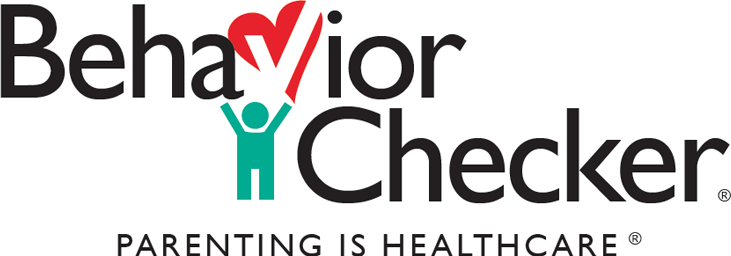What to do:
Self-talk. Say to yourself, "I am not sure if my child has a diagnosis of being 'Hyperactive' or just has lots of energy. Either way, I will stay calm, even when my child isn't, and help him learn how to live with his unique, wonderful self by practicing these 'to do's' and 'not to do's'. I can check out whether my child also may need medication for his overly active behavior by getting a thorough evaluation from her healthcare provider or someone she recommends who is experienced in assessing "hyper" active children."
Empathy. Tell yourself, "It must be difficult for my child to try to be quiet sometimes when his body wants to move all the time. There are so many distractions demanding his attention, so I see how it's often hard for him to stay focused on only one thing."
Teach. Tell yourself that you can help your child sit still, slow down and focus when she needs to.
Provide Quiet Activities. Schedule breaks during your child's day to have quiet activities, such as reading, listening and playing thought games, such as chess. Playing chess has been found to be helpful for children by giving them practice in focusing attention and learning to plan ahead.
Practice Slowing Down. Give your child opportunities to practice walking-not running-from Point A to Point B. Say, "Show me how to walk from the kitchen to the family room. I know you can do it. When you walk instead of run, you keep yourself safe."
Provide a Variety of Activities. Born-to-be-busy children flit from one activity to another, so give several choices by saying, "You can color on your drawing table, play with clay in the kitchen, or play with your building blocks. I'll set the timer on the phone, and you can do one activity until the timer rings. Then you can choose something else if you want."
Exercise. Your high-energy child needs constructive outlets, so let her run in the park or in your yard whenever you can, or make sure her school or childcare provider gives her some running time.
Have Quiet Times. For children who love to talk, setting aside periods for quiet time is helpful. Begin with short periods and gradually expand to longer periods of time as your child becomes more comfortable being quiet. Praise his being quiet when he meets the goal and continue practicing being quiet until your child has learned what "being quiet' means.
Teach Relaxation. When your child learns to relax her body, her motor slows down and she feels less frantic. Help her avoid constantly pushing to do more, go faster, or get there sooner by keeping your voice soft and soothing, by rubbing her back to help her relax, and by talking to her about how calm and relaxed her body feels.
Avoid "Hyper" Active Screen Time. Wild and crazy television programs and video games model behavior you don't want her to imitate. Play quiet, restful music; and encourage more restful activities, such as reading, to slow down her heart rate and relax her mind when your child cannot calm down on her own.
What not to do:
Don't Punish. When your "hyper" active child accidentally collides with your most precious vase, take a deep breath and say, "I'm sorry you chose to run instead of walk. That's how things get broken sometimes. Let's practice being more careful by walking in the house, so you know you can do it. Then we'll clean up the mess." In this way, you'll reach your ultimate goals of teaching your child to walk instead of run, respect property, and be responsible for her own actions.
Don't Ground. Your busy child needs daily opportunities to play in the great outdoors, so grounding her to the house or her room can cause two problems: (1) her "hyper" activity will swell to explosive levels, and (2) she will continue to be "hyper" in the house.
